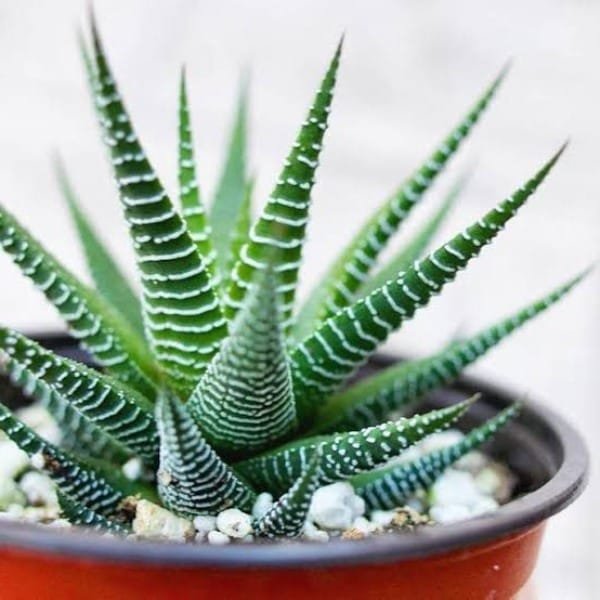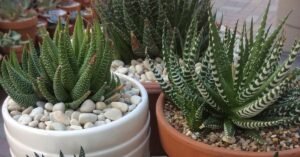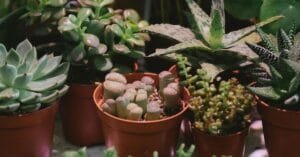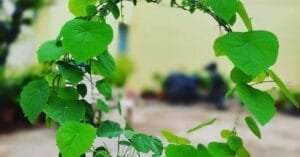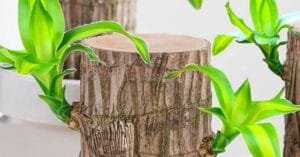Amazing Zebra Plants Care and Grow Tips
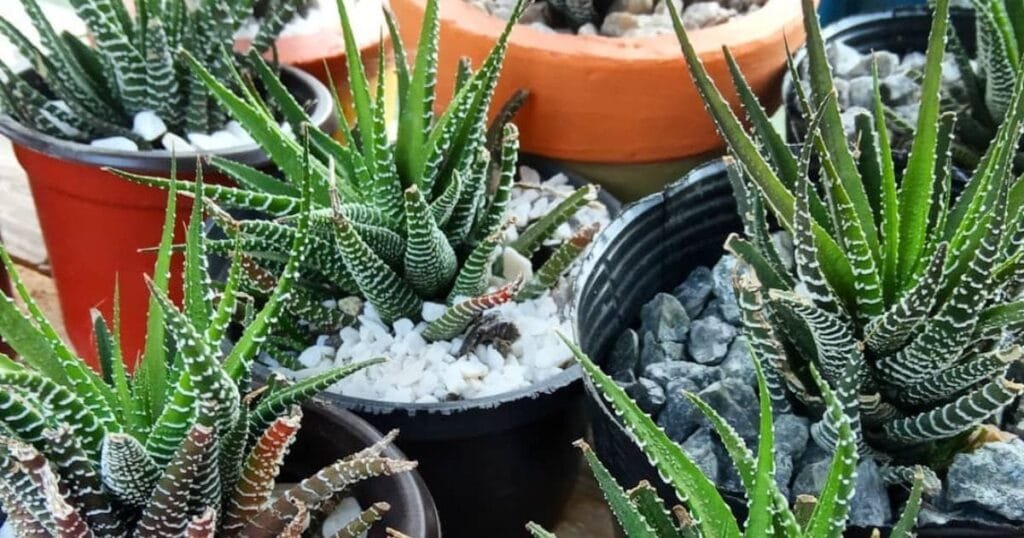
Succulent Zebra Plants are ornamental plants that can beautify your home. They have attractive and unique-looking thick green leaves with white stripes. You can use them to decorate your home with e Its low-maintenance nature makes it top-listed amongst plant enthusiasts.
Haworthia Zebra Plants are compact and can easily fit anywhere. It is an all-in-one product that you may have ever dreamed of. They go so well with their low-lying conditions. Their self-reliant quality is loved and adored by all the house plant lovers.
Haworthia Zebra Plants
Haworthia are small succulent plants. They are for indoors as they are low-maintenance with a great self-support system. They look attractive and compelling to store in your house. The best thing about having Zebra plants indoors is that they help purify the air. They are efficient in removing toxins and giving out fresh air all around. There are about 60 to 150+ Haworthia species.
Among the species range, there are two distinct plants. Haworthia Zebra includes Haworthiopsis Fasciata and Haworthiopsis Attenuata.
- Native: South Africa
- Temperature: 18 to 27°C
- Sunlight: Warm bright lighting with some shade
- Watering: Every alternate 2 to 3 weeks
- Pet Friendly: Yes
Haworthiopsis Fasciata
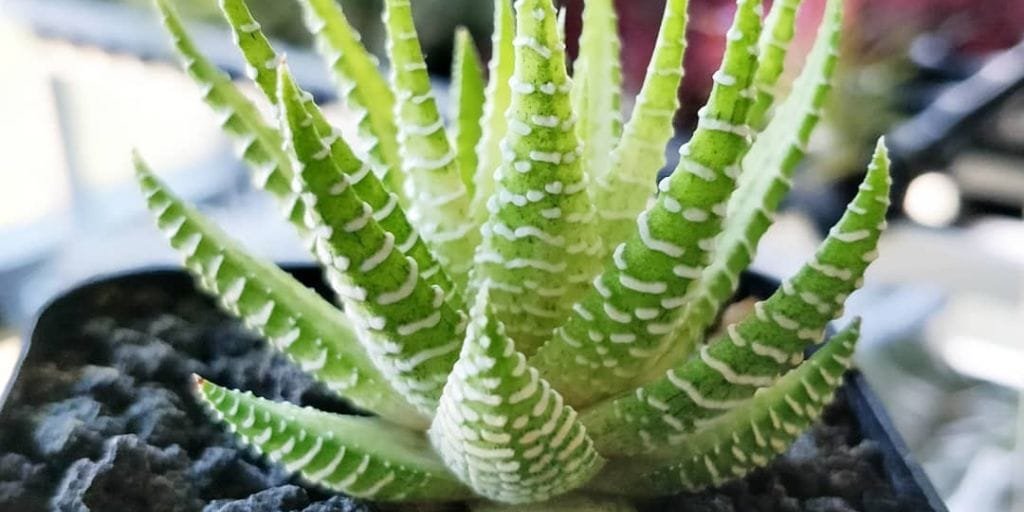
Haworthiopsis Fasciata are beautiful succulent plants for your home. Their unique appearance and benefits make them a great indoor option. Their rosette-shaped leaves are evenly spread, making them attractive plants. H. Fasciata are approximately 4 to 6 inches in height and width. They are compact and need limited space to adjust. Fasciata zebras bloom with white and orange flowers during October and November.
Haworthia Fasciata
Haworthia Fasciata, also known as the Zebra Plant, is a beautiful succulent plant with thick, dark green leaves that are striped with white. The leaves are arranged in a rosette-like formation and can grow up to 6 inches in height. This plant is easy to care for and makes a great addition to any indoor or outdoor collection.
Haworthiopsis Attenuata
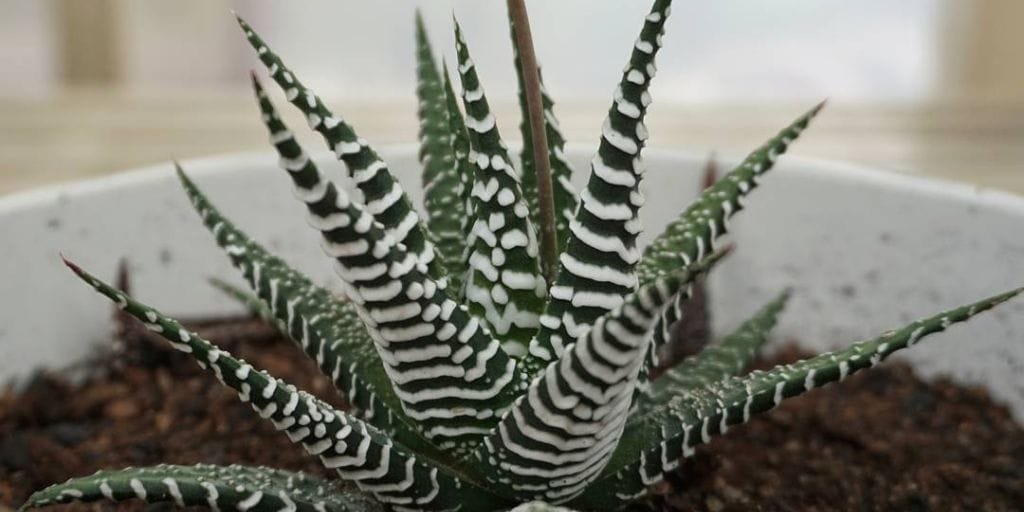
Haworthiopsis Attenuata is a low-maintenance houseplant. It has thick, fresh leaves that can stay hydrated for a long time. Because of its pretty white stripes, the name ‘zebra plant’ came into existence. With a distinctive appearance and boldness, this Haworthia variant has won many hearts. It is small, approximately 8 to 12 inches tall, and 12 inches wide. H. Attenuata bloom during their peak season that is between November and December. Its bell-like flowers are pale to dark pink or white.
Haworthiopsis Fasciata Vs Haworthiopsis Attenuata
People often get confused with the zebra variants of Haworthia. As they have almost a similar appearance. But, hold on as there are a lot of differences that we have discussed below. So, next time you can point out the differences.
- In H. Fasciata we can notice that only the upper is smooth. Whereas, in H. Attenuata the upper and lower surface is harsh.
- H. Fasciata have smooth inner leaves. Whereas, H. Attenuata has warty growth that is tubercles.
- H. Fasciata is comparatively rare to find than H. Attenuata.
- H. Fasciata has slightly blunt tips. And, H. Attenuata has sharp pointed tips.
- H. Fasciata leaves are slightly fatter than H. Attenuata.
Guidelines to Grow Healthy Zebra Plants
- Bright sun with some shade is loved by the plant.
- The growth rate of these variants is slow and steady. So, you have to be patient while it reaches its mature stage.
- Propagation of the plant can be done using its seeds, division, offsets, and also leaf cutting.
- The best time for growing Haworthia Zebra plant is during summer (April to September)
- Limited watering requirements are enjoyed by the plant.
Best Tips to Take Care of Zebra Plants
Taking care of Haworthia Zebra plants is simple. They are so self-reliant that taking care of them is like giving some additional support. Maintaining Haworthia plants may include the following things –
Lighting Setup
These Haworthia variants are sunlight lovers. But, too much sunlight might damage the leaves and turn them yellow or red. So, the best way to handle this plant is by giving bright and indirect sunlight at least 4-5 hours daily. Managing them indoors is an easy task. They are so compact and tiny that they only need a little space. You can place it near the window wherein it can receive an ample amount of sunlight.
Ideal Temperature
The temperature needed for Zebra Plants is between 18 to 27 °C. And, in winter the temperature may drop to 10 °C.
If the temperature range is not maintained, then the plant may lose its moisture. The plant can dehydrate and turn into a yellowish color. Especially during winters the routine for Haworthia zebras may change as they function.
Watering
The ideal season for Haworthias to grow is between April and September. During winters, the growth rates deliberately drop down as compared to the summers. Often rewatering is not suggested if the top layer of the soil is completely dry. Zebra plants are succulents and they can remain fresh and hydrated on their own.
In summer, moderate to medium watering is expected to keep the zebra plant healthy. During winter, water should only be given when needed. Otherwise, the leaves may turn red and later yellow. A change in leaf color signifies an underlying issue. Overwatering or Underwatering can be one of the major reasons. So, only water when required for better results.
Balancing Fertilizing Agents
Fertilizing agents that help in Zebra variant growth are Nitrogen, Phosphorus, and Potassium. The best time to actively use NPK is during their growing period which is between April to September. Fertilizers should not be used during the winter season. The NPK should be properly diluted with water for better spread and absorption. Also, remember too much fertilizer will do no good for your plant. So, balance the ratio of 5-10-5 for the best.
Soil
Preferably acidic soil with well-drainage is best for Haworthia zebra. With a proper drainage system, one can have beautiful and healthy plants. From the market, you can easily get your hands on well-draining equipment. Or can make your own using coarse sand, perlite, and natural potting mixture.
Haworthia zebra variants are super friendly plants for home. They not only make your home beautiful but also elevate the overall persona. They are good for the environment and will help you feel fresh and energetic throughout the day. So, to have your hands upon such amazing succulents you can click on Plantzone.
FAQs
How much time does a Zebra plant take to reach its maturity?
Ans: Within 3-5 years, a Zebra plant can reach its maturity. Depending upon growing and caring routines also contribute to plant growth.
How long can Haworthia Zebra live?
Ans: Approximately 50 years. But, it can also exceed that stage if proper care is taken. Plants are fragile and need their sweet time to stay in good condition.
What are the common issues faced by the Haworthia Zebra plant?
Ans: Some common issues are changing leaf color, root rot, soil compaction, and pests.
Does yellow or red leaves mean that my Haworthia is dying?
Ans: Yellow or red leaves indicate that the plant has been experiencing some issues. You can save your plant from dying by immediately tracing the issues and giving it proper care.

